So here we go, into the future:
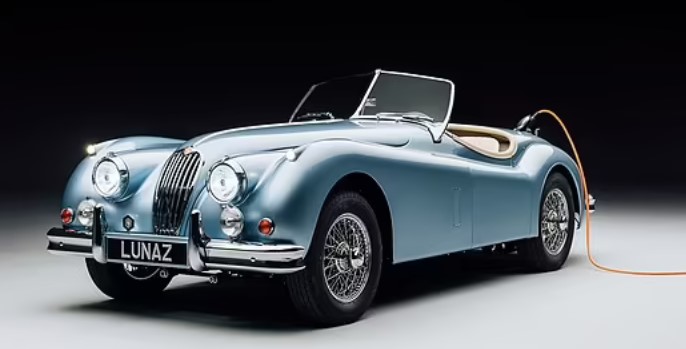
Here’s the back story. I report, you decide.

Some guy at RedState got ahead of himself and had a go at my favorite motorsport (F1, for those who’ve been away living on the Planet Zarg for the past twenty years).
Saith Jerry:
[O]ur taste in auto racing leans heavily toward the NASCAR and IndyCar side of things. Not to slight F1, but it’s long been overly snobbish and high roller hoidy-toidy for our taste. If NASCAR is auto racing’s Lynyrd Skynyrd, F1 is its Dave Matthews Band. You get the idea.
Not quite; the comparison is more apt if expressed that NASCAR/Indy are more like a garage band:
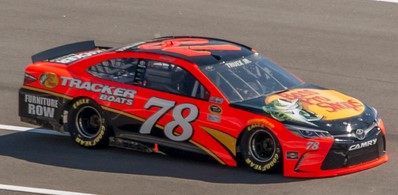
and F1 like smooth jazz:
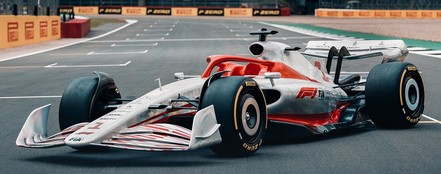
Yeah, F1 is a high-roller sport; I would have thought that Americans would understand that concept better than our European cousins, who are always just one regulation away from Pure Marxism. (Then again, considering the Biden Maladministration, maybe we’re not doing too badly ourselves.)
Whatever. The fact is that F1, especially with its all-new formula for 2022, is far more exciting to watch than the parabolic antics of NASCAR — and yesterday’s maligned Saudi GP at Jeddah was one of the most exciting races I’ve ever watched, of any type, despite the sideshow provided by Houthi missiles:

(And despite my dislike of Mr. Woke Lewis Hamilton, he was robbed of a higher finish by pure bad luck.)
I know that given my readership profile I’m going to get a whole lot of stick about this, but I don’t care. 2022 looks like being a brilliant F1 season.
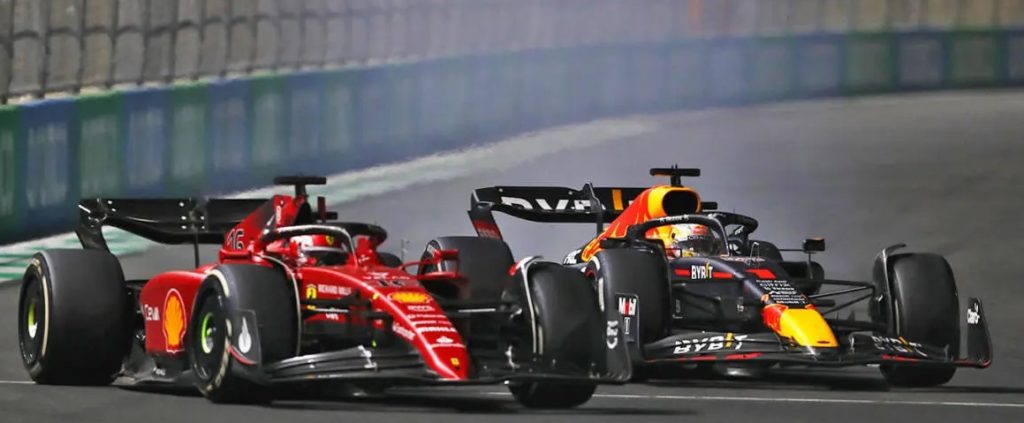
And I don’t even like smooth jazz.
As Loyal Readers know, I’m always banging on about how uniform all modern cars’ designs are — “The Wind-Tunnel School of Design” — and all that.
However.
Take a look at this picture of old Los Angeles (I think, from the bus’s color), and see what you notice about the cars (right-click to embiggen):

And this before wind tunnels…
I stand corrected.
The nice thing about getting into a car, back in the day when I first got into a car is that it was like a fork: everything about it was self-evident, and it was easy to use (hold the end without the pointy bits, stab your food with it and convey said food to your mouth). It even allowed for different styles of use, e.g. the American (hold the food still while cutting it into baby-sized pieces, then transfer fork to right hand, slide the fork under the food and shovel said food into your mouth).
I pass no judgment about the American way other than it’s fucking stupid and it’s the way a child eats.
Anyway, the same methodology applied to a car of an earlier era: you open the door with the handle thoughtfully attached to the outside, get in and sit down; then insert key into ignition and turn the engine on, put the car into gear, release the handbrake and off you go. (A couple of steps have been omitted for sake of brevity.) Then when you get to your destination, you pull up the handbrake, turn off the car, open the door with the handle thoughtfully supplied, and get out to go to the pub.
None of the above required a user’s manual or anything other than a thirty-second explanation from an adult.
Compare that simple procedure to this concatenation of silliness:
Jeremy Clarkson was test driving a brand-new Maserati MC20 when he and Lisa decided to drive the motor to their local pub, where they were planning to indulge in a fish pie, but the couple soon realised they couldn’t get out.
Jeremy said: ‘We were in the car and five minutes after that we were in the pub’s car park. And five minutes after that we were still in the pub car park because neither of us could find anything that even remotely resembled a door handle’.
‘Eventually I turned on my phone’s torch and found the little button that you must press to unlatch the door, and then we were out.
‘And then I was back inside very smartly because the car was starting to roll down a hill.’
After finally discovering a button that activated the handbrake, Jeremy thought he had fixed the issue only to hear ‘bonging noises’ when he got out of the vehicle.
‘After an hour of swearing and wondering out loud whether it would have been easier to stay at home and make a soufflé out of ant hearts, I called a colleague, who said that to engage ‘park’ and turn out the lights I had to stop the engine twice.
‘So I pushed the button to turn the motor off, then pushed it again. Which caused it to start. I then called the colleague again, who said that when I pushed the button the second time my foot had to be off the brake pedal. And he was right, which meant that we just caught last orders.’
Let’s hear it for Technology!
As Longtime Readers all know, I have a long and abiding passion for Maserati cars, despite the dreaded ![]() which causes fits of laughter among American engineers and drivers.
which causes fits of laughter among American engineers and drivers.
Now imagine that same ![]() applied to a system which (nominally) controls the “hand”-brake and door-“handle” functions, in addition to lights, mirrors, windshield wipers, turn indicators, window- and trunk controls, ignition, transmission and (gawd help us) onboard computer.
applied to a system which (nominally) controls the “hand”-brake and door-“handle” functions, in addition to lights, mirrors, windshield wipers, turn indicators, window- and trunk controls, ignition, transmission and (gawd help us) onboard computer.
Compared to this mobile disaster area, even my old Fiat 124 looks like a dream come true.
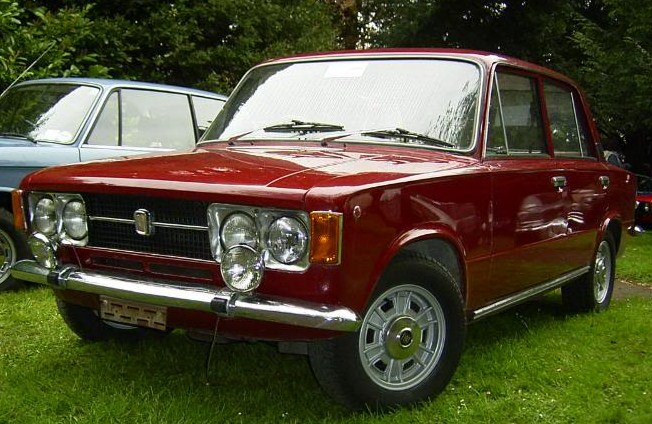
Manual everything — gearbox, ignition, doors, windows, seats, rearview mirrors, turn indicators, trunk opener and even, on occasion (!), windshield wipers.
All this modern shit? You can stick it.
Even for an MC20.
…that today, she’s just “Mom” (or “Mum”) and “old” to you.
But back before you were born:



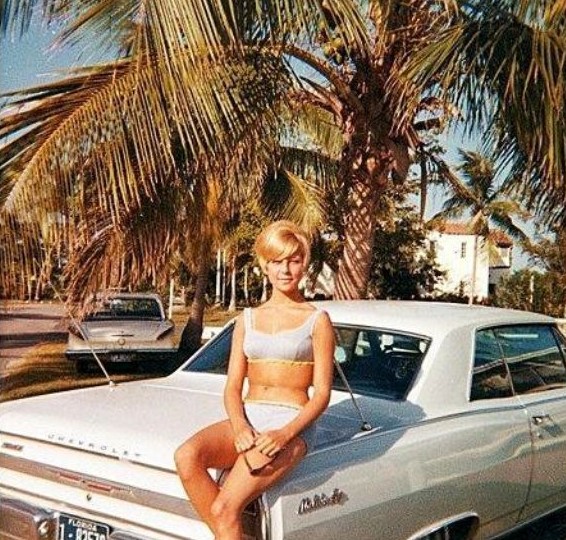




As for Nana:

Yeah, and Beyonce wasn’t the first to show her ass, either…
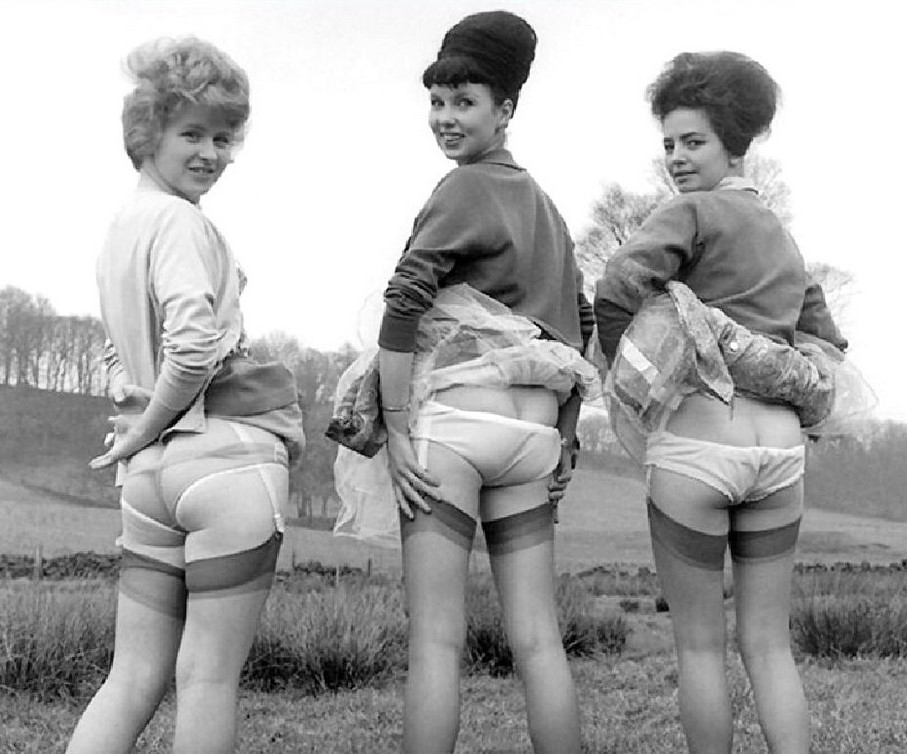
Thatisall.
You will recall my last post on driving the Mille Miglia course:

…and the difficult choices listed from which one would make for a companion, and the car for the journey.
Forget the companion. The topic is a perennial favorite of mine (I believe my first post on the topic was back in 2017), and I was thinking about it again over the past weekend.
For one thing, I can’t help but think that in doing this particular trip, the choice of car should be exclusively Italian, for the same reason that one should eat at little trattorias along the route rather than searching for McDonalds, and drinking Chianti rather than Diet Coke. It’s all about Italy, and one should take the opportunity to immerse oneself in the complete esperienza italiana.
Given that I don’t like most modern cars — both their homogeneous wind-tunnel shapes, and their overpowered engines — I keep going back to the cars of my youth, and was assisted in this thought by pics of a car on sale this week at a Sotheby’s auction: a ground-up restoration of a 1974 Alfa Romeo 2000 GTV.
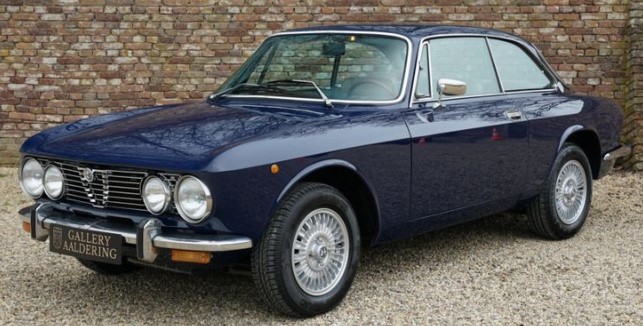
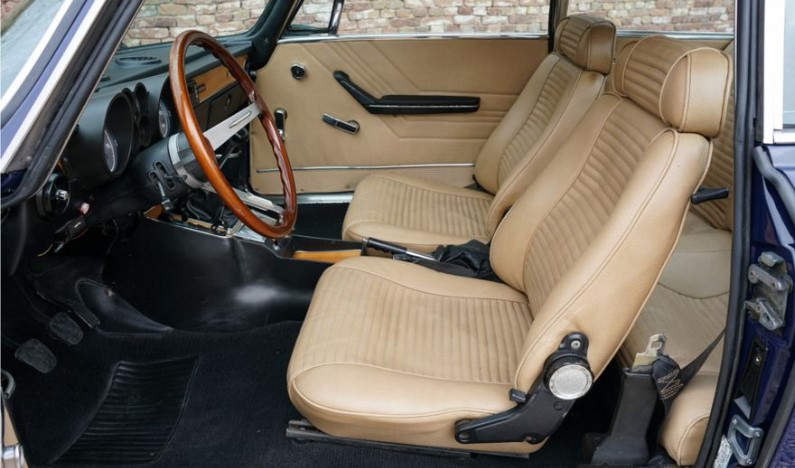
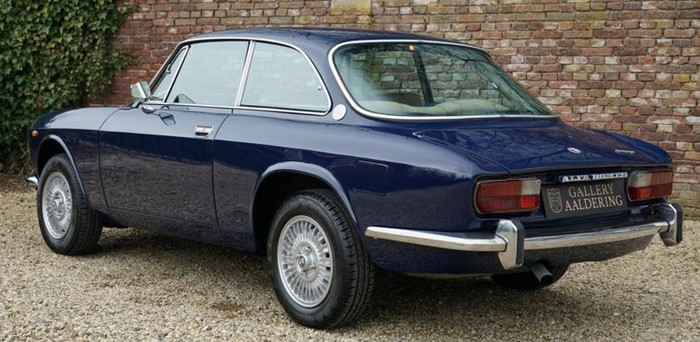
It’s neat, it’s shapely, and that little 2-liter engine is as capable of purring along at a leisurely pace through the many narrow village streets as snarling at 75mph through mountain passes and along deserted country roads.
By 1974, Alfa had pretty much worked out all the niggles typically associated with their earlier models of the Tipo 105, and I know several guys who were still driving their GTVs of that vintage when I left South Africa in 1986, a dozen years after the car’s release. So while there would always be a threat (promise?) of some kind of Alfa-related breakdown en route, I would still be willing to take the chance.
And in the end, if I were to become marooned in some little Italian village while the local mechanic waited for spares to arrive, I’d just have to grit my teeth and endure the experience with my translator:

She’d have to be a petite lil’ thing to fit into the GTV, you see…
Okay, so maybe she’s not that petite:

So ignoring the companion, which model Italian car (e.g. 1967 Fiat Dino 2000 GT) would you choose to make the drive? Here’s a suggested list, just to give you ideas to draw from:
And if you feel like doing a little research for an hour or two before making your final decision, let DuckDuckGo be your friend… as I did.